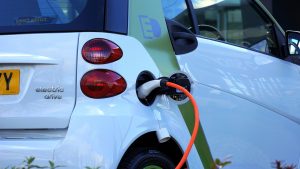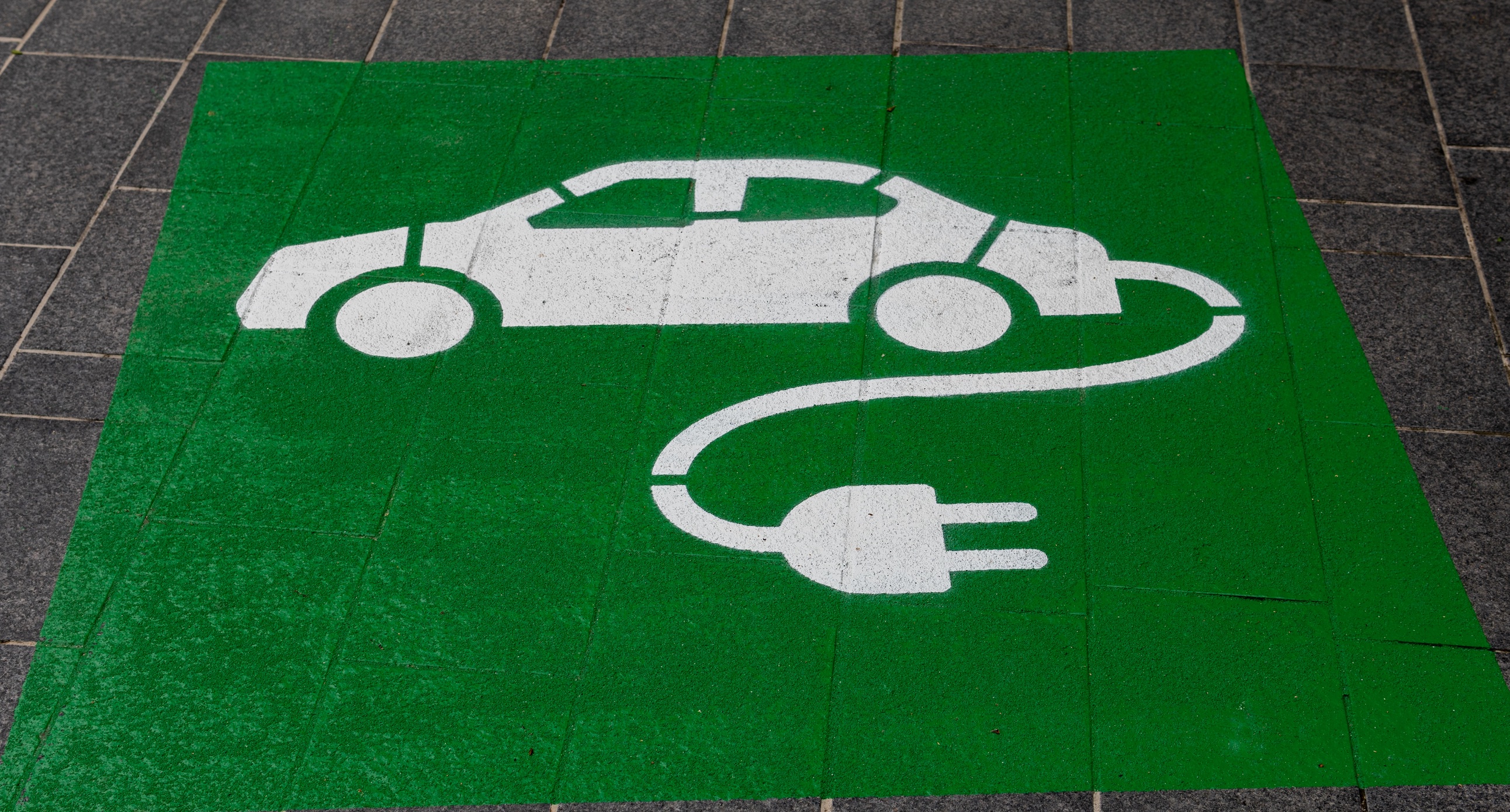Behind this entire ordeal and to develop more and more zero-emissions vehicles, the Biden administration needs to secure massive federal investments in electric vehicle infrastructure.
We all know that the future of the car industry is electric. The electric car industry is taking strides forward in such a way that the EV car market is growing with each passing day. So much so that even the Ford F-150 and Mustang have been electrified; the Hummer has been resurrected as an electric vehicle and more iconic vehicles with their electric variants are on the way. Love it, or hate it, soon you might as well, might be driving an electric car.
Well, the biggest and most obvious advantage of going electric is that the environment will be spared from having to endure toxic smoke and fumes for ages. We all know the current state of the environment; with gas cars playing a major role in adding to global warming. The government is well aware of this, and that is why President Joe Biden has ordered half of new vehicle manufacturers to be electric by 2030.
President Biden signed an executive order on August 5th, 2021, which stated that all new vehicles manufactured in the US must be electric by 2030. Biden was not alone, as he was joined by GM and Ford executives in the White House, and there were leaders from United Auto Workers also. Former President Trump had set more relaxed tailpipe and emissions standards. President Biden will also replace that with more stringent ones.
The 50% of all cars should be EVs, is not an accurate measurement, as it will mostly be symbolic. But it is expected to get manufacturers to create more and more EVs, rather than traditional gasoline ones. We all know how many cars are out on the street and how much they add up to the greenhouse gases every single year. In order to curb those figures, the Biden administration has taken the following decision. It falls under their climate change strategy.
But it didn’t take Biden’s law to make them do it. Even before that, automakers pledged to make the environment safer for our future generations by producing more and more EVs. They were already planning to sell 40 to 50% zero-emissions vehicles by 2030. Automakers like GM made it pretty clear that their entire roster would consist of EVs only by 2035. Even Ford has made similar promises. The added cherry on top is that now they “require” to abide by the law and do it anyway.
Biden was surrounded by electric cars, such as the Chevy Bolt and GMC’s new Hummer EV on the White House South Lawn. He said, “There’s no turning back. The question is we will lead or fall behind in the race for the future.” After that, he removed his coat and jumped inside a plug-in Jeep Wrangler, and went for a ride around the lawn and the perimeter.
As we already mentioned, the big automakers of the US already had plans in mind to electrify their entire roster. The big three automakers of the US – GM, Ford, and Stellantis, all agreed that the law reflected their “commitment to be leaders in the US transition to electric vehicles”. However, they cannot do it alone; they would need help from the government. This is where Biden comes in.
The major automakers cited, “This represents a dramatic shift from the US market today that can be achieved only with the timely deployment of the full suite of electrification policies committed to by the administration in the Build Back Better Plan.”
However, there is an issue. The change in manufacturing has led to fears developing in the minds of US autoworkers, as they think that the jobs will be outsourced overseas. The US remains far behind Europe and Asia in building and buying electric cars. For example, the brushless motor, a crucial component in an electric vehicle, will only take a few hours to build and it can be easily built with the help of nonunion labor. It can also be built by subsidiaries that pay less.

If you are thinking that you will only see electric cars on the road by 2030, you are wrong. Well, in a way, all cars will be electric, but plug-in hybrids will also be allowed. There is a twist, however, and that is the fact that you can only use the gasoline engine when the battery of the PHEV is out. Basically, any vehicle that has zero emissions will be considered, and this includes fuel cell electric vehicles too.
Now that the rule has been passed, the Transportation Department and the Environmental Protection Agency will start to work on replacing the fuel efficiency and tailpipe emission standards that Trump had set. Biden is expected to bring the strict emission standards back from the Obama era. Biden did not explicitly state the figures which would need to be followed. It has been found that the standards set during Trump’s reign will continue for miles per gallon till the 2024 model year, and for greenhouse gas emissions till the 2023 model year.
While most environmentalists were happy with this law, we don’t know how an automotive purist and enthusiast might feel. Despite all the excellent features and advantages of an EV over a regular gas vehicle, it still is not as fun to drive or authentic as a gas car. Anyway, some environmentalists claimed that Biden needed to put even stricter rules in place for the emissions standards since Trump’s administration nearly set everything back for a while. In order to counteract that, Biden should have been more stringent, is what they are saying.
Senate Committee on Environment and Public Works’ Chairman Tom Carper said, “Today’s announcement from the Biden administration is good for our planet, good for our health, and good for our nation’s autoworkers.”
However, behind this entire ordeal and to develop more and more zero-emissions vehicles, the Biden administration needs to secure massive federal investments in electric vehicle infrastructure, which it has failed to do. Experts all across the country claim that it is mandatory to make this vision come true and possible.
Biden made federal spending of $174 billion to build a network for 500,000 charging stations all across the country. Of course, we need charging stations, just like gas stations, if we are going to run on EVs. However, his bipartisan infrastructure deal with Congress just included about $7.5 billion. We don’t know where it is headed. But the decision seems to be really good, and we hope it is carried out.


Join the conversation!